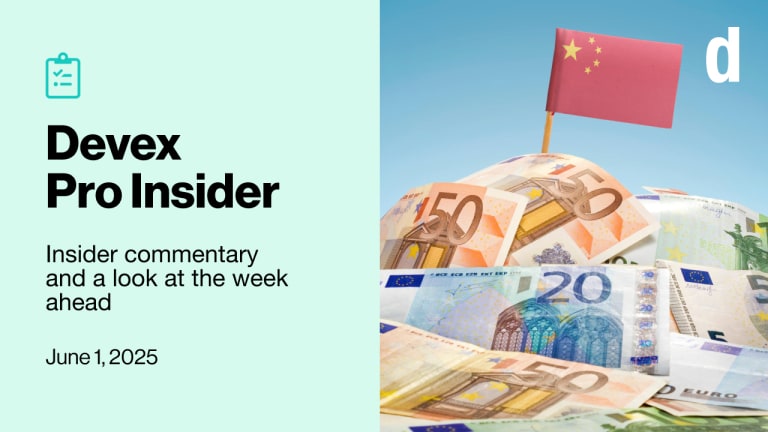With donor agencies under increased pressure to stretch their dollars, competition for funding is getting tougher, which means that development organizations need to focus on both the quality and quantity of their grant proposals in order to win solicitations. In today’s development funding landscape, “fast and good” is not an oxymoron — but the secret to success.
Honing your proposal-writing skills is perhaps the most important step to jump from the shortlist to the awards list. But generating a good proposal every so often is no longer enough. Once your team has mastered all the elements of a good proposal, it’s time to work on speed, efficiency, and consistency. Getting a larger number of quality proposals out the door can increase your organization’s chances of winning grants from a range of donors. And with project delivery demands as high as they have ever been, every second you can save during the proposal process can be applied to building technical capacity and achieving results.
But what exactly can a development organization, with limited team members and resources, do to accelerate its proposal-writing process? Below, Devex lists a few simple but vital tips that can inject game-changing efficiency into your team’s fundraising efforts — possibly doubling or even tripling the number of pitches you participate in.
This story is forDevex Promembers
Unlock this story now with a 15-day free trial of Devex Pro.
With a Devex Pro subscription you'll get access to deeper analysis and exclusive insights from our reporters and analysts.
Start my free trialRequest a group subscription

